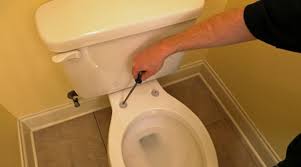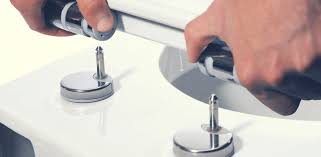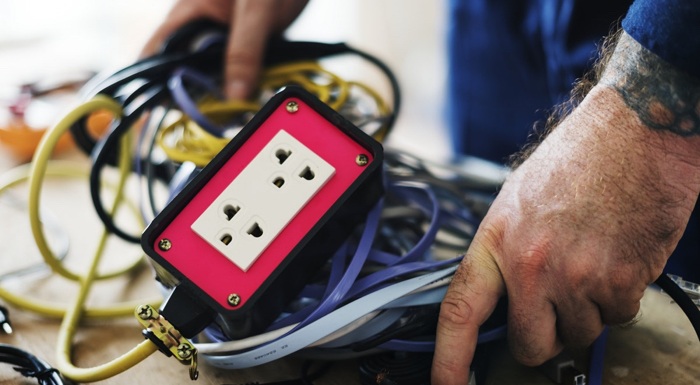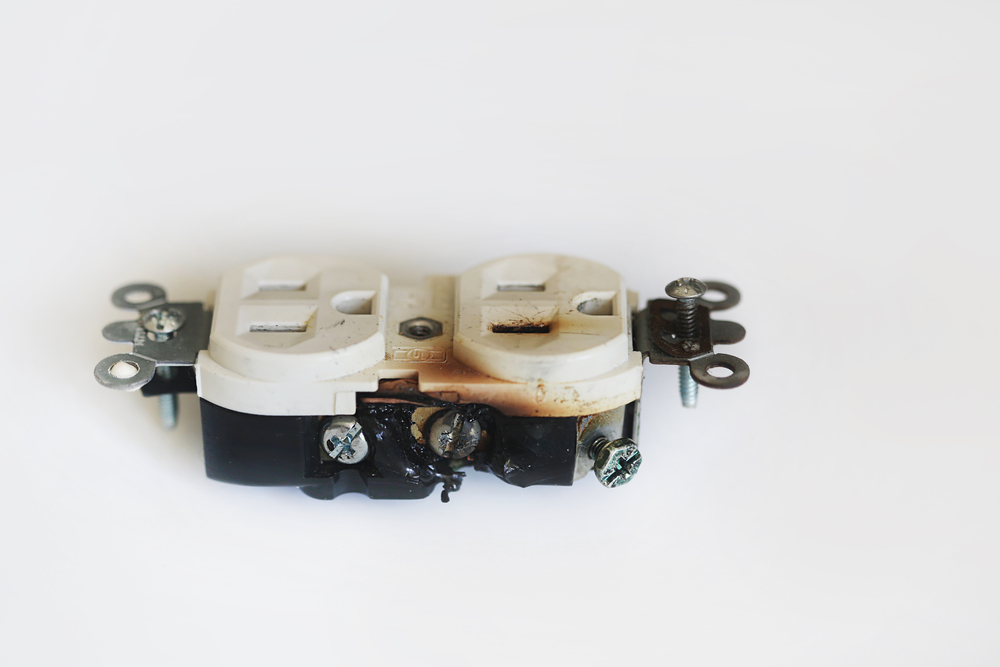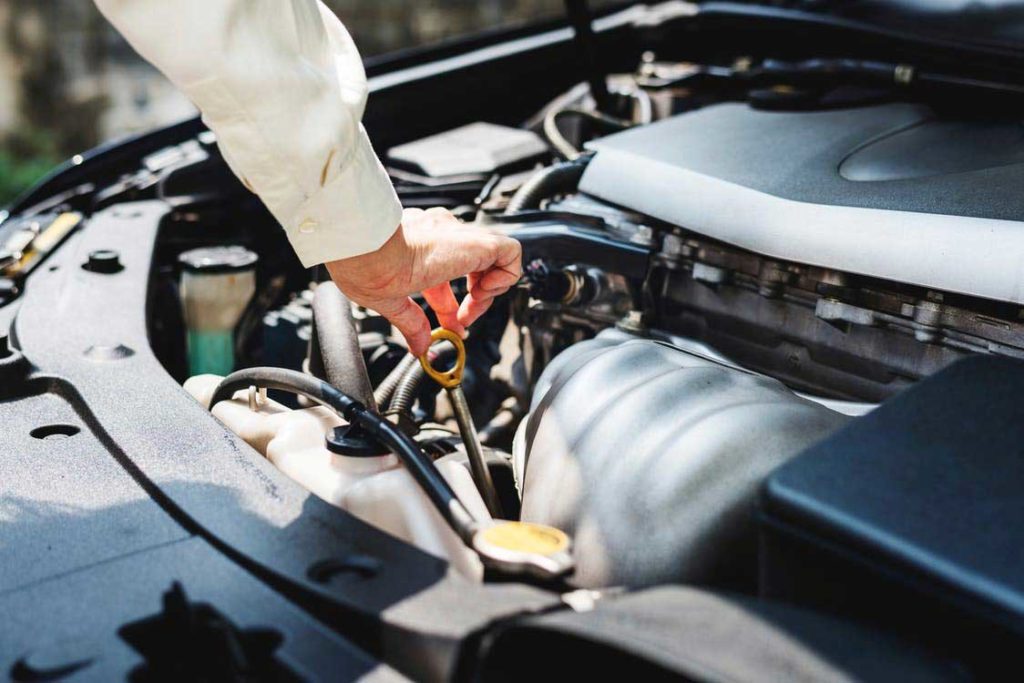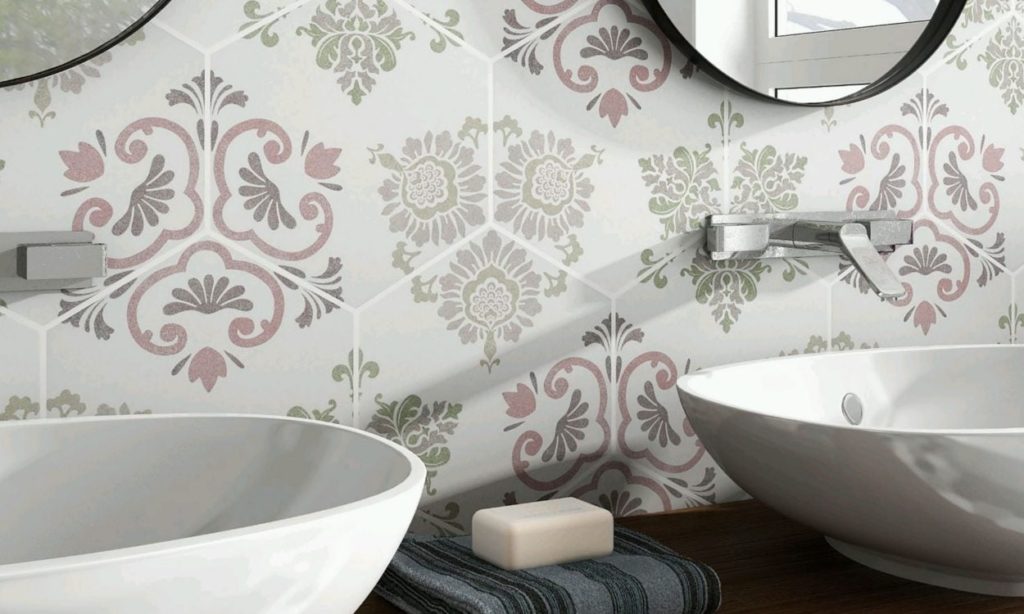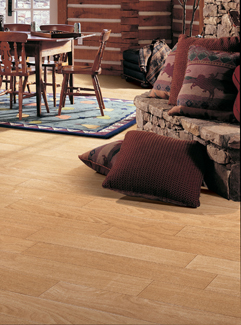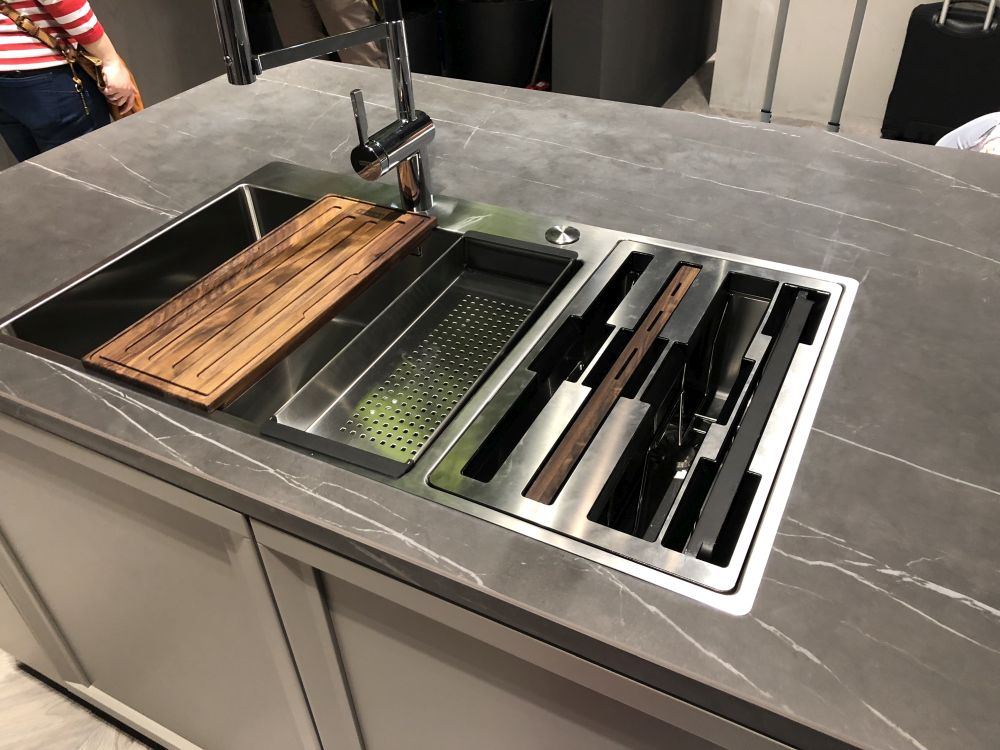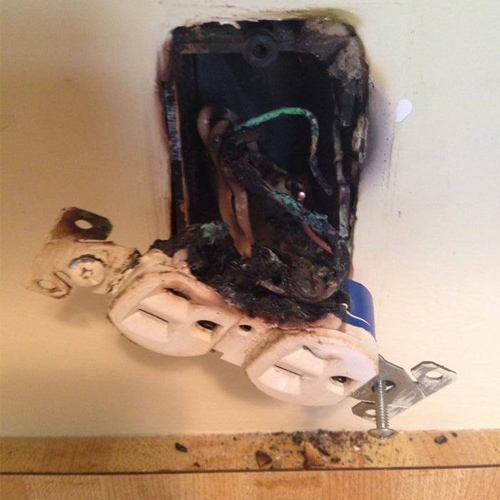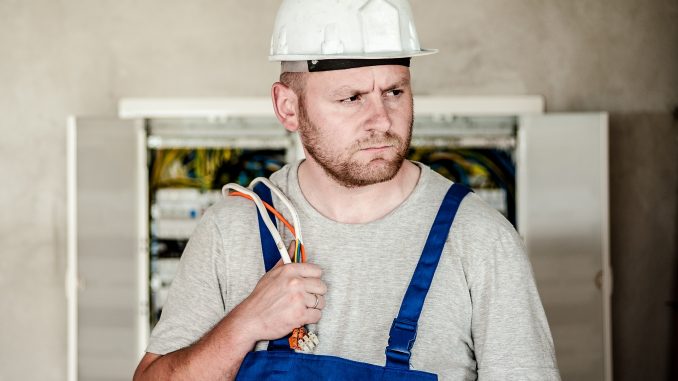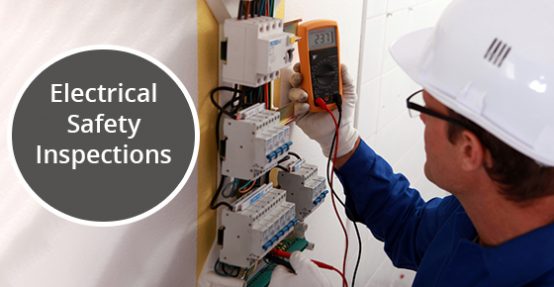Do I Need a Dog Bite Attorney?
Dogs can provide a seemingly endless amount of love and companionship, but even the most harmless dogs can cause property damage or personal injuries. If your dog bites someone, or you or your pet were injured by someone else’s dog, you may need to hire a dog bite attorney. Since applicable laws vary by state, a local dog bite attorney can tell you whether you have a legal claim, the potential extent of your liability, what types of defenses may be utilized, and the possible legal and monetary consequences of your dog bite case.
What Can I Do if I’m Injured by a Dog?
You have a number of options if you’re bitten by someone’s dog or other pet. For starters, you can pursue an insurance claim with the dog owner’s insurance company. Many homeowners insurance policies will cover an initial dog bite claim that occurs on the insured’s property. In these cases, a dog bite attorney can be very helpful in dealing with the insurance company and using their knowledge and experience to negotiate a fair settlement.
You can also file a lawsuit against the dog’s owner or caretaker for damages. Some state statutes even allow these lawsuits to cover other types of dog-related injuries, not just dog bites. Dog bite attorneys play a vital role in these lawsuits since they know the applicable laws of your state, how to calculate damages, and how to present evidence in the most effective way.

When Dog Owners Are Strictly Liable for Bites
When the victims sue to get compensation for their damages, it doesn’t matter whether the owners knew their dogs had ever been vicious before. That means they can’t argue that they didn’t know their dogs could be dangerous, or that they took care to prevent the animals from hurting someone.
The law has some limits. The owner is strictly liable only if the injured person:
- was bitten, and
- was either in a public place or “lawfully in a private place” when the bite happened.
For the purpose of the statute, anyone who’s carrying out a legal duty (like delivering mail) is lawfully on private property. Also, injured people can’t sue under this statute if they were bitten by police or military dogs that were either doing law enforcement work or defending themselves against annoying or provocative behavior.
If a dog grabs someone with its teeth but doesn’t break the skin, that could still count as a bite. In a case where a worker fell from his ladder after a dog closed its jaws on his pants, the court held that the animal’s owner was liable for the injuries under section 3342

What damages are covered?
People who have been bitten by a dog in California are often entitled to compensation for their injuries. Compensatory damages may include, without limitation:
- Medical bills,
- Physical or vocational therapy,
- Psychological counseling,
- Lost wages,
- Lost earning capacity,
- Pain and suffering,
- Scarring, and/or
- Loss of the use of a limb.

How can I reduce my liability?
If you own a dog and are concerned about your liability in the case it bites/attacks/knocks over someone, there are several things you can do to mitigate the potential damages.
Post a sign on your gate warning people that you have a dog on the property
Take your dog to training
Walk your dog on a leash (if you fail to comply with the local leash laws, you may find yourself paying punitive damages as well.
One free bite
The ‘one free bite’ rule states that in the case of the first dog bite, the owners are not held liable for the damages as the dog may not have shown aggressive or violent tendencies. This rule is not upheld in all states though, with some states placing dog owners under ‘strict liability’, meaning that even if the dog has attacked someone for the first time and has never shown an aggressive disposition, the owners will be liable for the damages incurred. Make sure you are aware of your local laws and always abide by them.
Legal options: What to do if you get attacked by a dog
If you or someone in your household is attacked by a neighbor’s dog, you have several options. First, decide if you want to take any action at all.
If the injury is minor and you’re confident it’s an isolated incident, you may not feel the need to do anything (other than avoid the dog in the future). If you suffered a more serious injury on the other hand, you could ask the neighbor to voluntarily compensate you. Also, if you feel the dog presents an ongoing danger, you may want to report the incident to the police.
Compensation for your injury could include costs for:
- Medical treatment related to the attack.
- Income lost due to missed work.
- Property that was destroyed or damaged (eyeglasses, clothing, etc.).
- Any lasting disability or scar.
- Emotional suffering.



